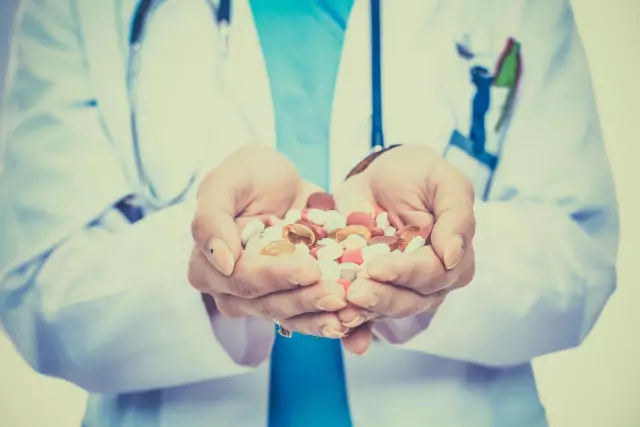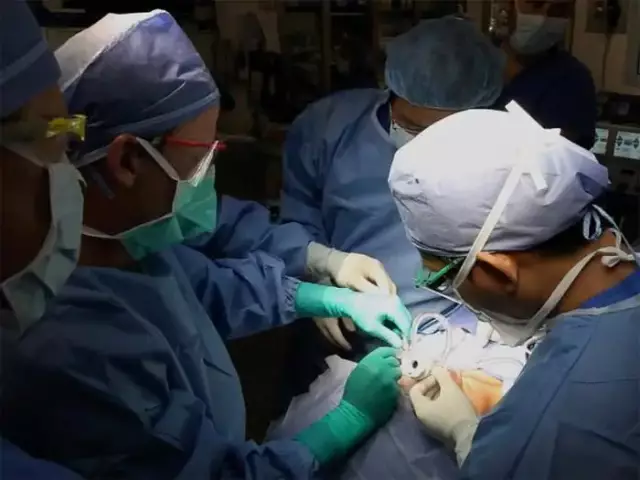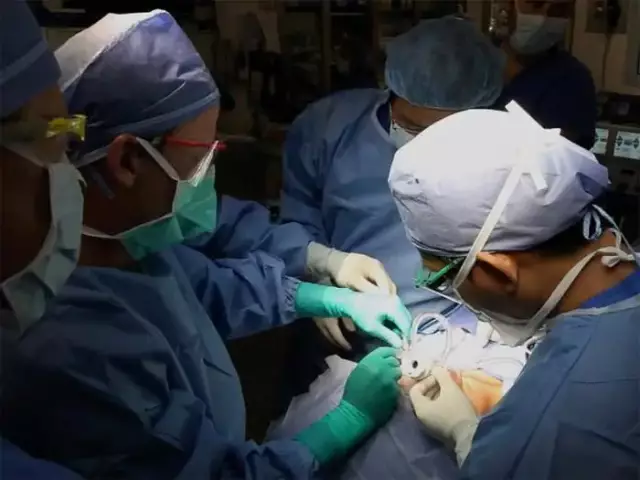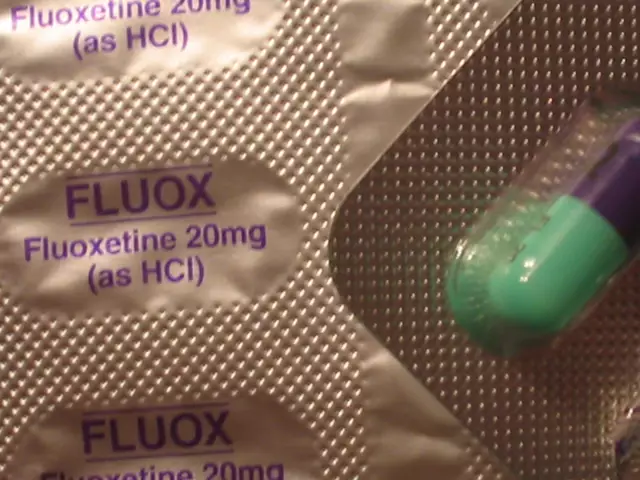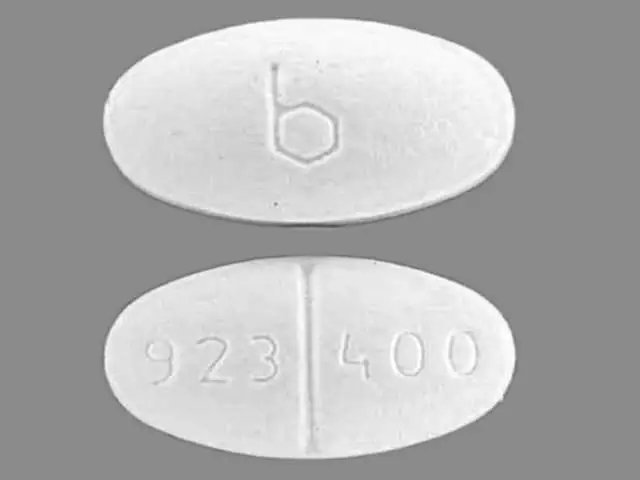- Author Rachel Wainwright [email protected].
- Public 2023-12-15 07:39.
- Last modified 2025-11-02 20:14.
Modern antibiotics: efficacy and side effects
Drugs that interrupt or inhibit the vital activity of pathogenic microorganisms have been widely used in clinical practice since the 40s of the 20th century. Initially, only substances of natural (animal, plant or microbial) origin were called antibiotics, but over time this concept has expanded. It now also includes semi-synthetic and fully artificial antibacterial drugs.

Source: depositphotos.com
The use of antibiotics in therapy for various diseases
Today, more than 2,000 substances are known that can destroy pathogens or inhibit the process of their reproduction, but about 50 are used as drugs. Since the mass production of penicillin (in 1943) began, drugs of this effect have changed quite a lot. Research with the aim of inventing new antibiotics followed the following paths:
- the discovery of substances active against several microorganisms - broad-spectrum antibiotics. In many cases, even specialists cannot determine exactly which microbe caused the pathological process (or an analysis of this kind cannot be done quickly), and treatment should be started immediately in order to avoid serious complications. In this situation, broad-spectrum antibiotics are indispensable;
- invention of narrowly targeted drugs that selectively inhibit the vital activity of certain bacteria. If the culprit of the disease is known, it makes sense to use the substance to which he is most sensitive, and from a number of such agents, choose the one that will give the minimum side effects for a particular patient.
Over time, scientists faced the problem of "addiction" of pathogens to antibiotics. The reason is that none of these substances kill all pathogenic microbes in the body, and the surviving ones multiply. In the next generations of bacteria, properties are genetically fixed that make them insensitive (resistant) to the influence of the drug. It turns out that there is a cure for the disease, but it is less and less effective against the pathogen. Therefore, a significant part of the research in recent years has been aimed at creating antibiotics that can fight new modifications of known pathogenic microorganisms.
Many substances with bacteriostatic action are very toxic to the cells of the human body or beneficial microflora living in the digestive tract, respiratory tract, etc. Scientists have worked to reduce the number of side effects and make the use of antibiotics safer.
New generation drugs with a wide spectrum of action are used in the treatment of diseases of the respiratory tract and genitourinary system, ENT organs, bacterial meningitis, diphtheria and other severe ailments. Narrowly targeted antibiotics help fight diseases that can be unambiguously identified (such as tuberculosis). By the way, it is in the field of the invention of anti-tuberculosis drugs that significant progress has been made in reducing the general toxicity of drugs.
Dangers of Antibiotic Treatment
Despite the fact that many bacteriostatic drugs of the latest generations do not have a serious negative effect on the human body, taking antibiotics is no safer than before. The paradox is primarily due to the fact that drugs of similar action have become too familiar "inhabitants" of home first-aid kits. To a certain extent, doctors are to blame for this: for several decades they have been prescribing antibiotics extremely actively, sometimes unnecessarily. As a result, such drugs have a reputation for being relatively harmless and capable of curing anything. Both are not true. Antibiotics are completely unsuitable for therapy for influenza, acute respiratory viral infections, hepatitis and any other ailments of a viral nature - which patients, as a rule, do not know about (according to VTsIOM, almost half of Russians believe thatthat seasonal viral infections are treated with antibiotics). The misconception is also supported by the fact that doctors do prescribe bacteriostatic drugs in cases where the flu or SARS is complicated by a secondary bacterial infection. As for the side effects of antibiotics, they can cause allergic reactions, disruption of the gastrointestinal tract, kidneys and some other internal organs. The most dangerous in this regard are chloramphenicol, tetracyclines and anti-tuberculosis drugs.kidneys and some other internal organs. The most dangerous in this regard are chloramphenicol, tetracyclines and anti-tuberculosis drugs.kidneys and some other internal organs. The most dangerous in this regard are chloramphenicol, tetracyclines and anti-tuberculosis drugs.
The main harm of antibiotics is associated not so much with their qualities as with improper use. For example, many Russians consider it possible to prescribe antibiotics for themselves and their loved ones without consulting a doctor. This position is erroneous and extremely dangerous. If the drug used for self-medication is generally inactive against the causative agent of the disease, the disease continues to develop, and the body, already exhausted by the disease, is exposed to additional negative effects of the drug. A drug with a wide spectrum of activity may be suitable in a particular case, but it is impossible to correctly determine the required dosage and mode of administration without special knowledge, and the instructions for the drug are too general and do not take into account the specifics of the condition of each patient. The result is often the transition of the disease into a chronic form or the development of complications.

Source: depositphotos.com
Sometimes it is difficult even for a specialist to understand diseases caused by pathogenic microorganisms. Different ailments have similar symptoms, and the same disease can occur due to infection with different pathogens. Therefore, antibiotics should not be taken on the grounds that they helped your friend, relative, or you “last time”. Only a doctor can prescribe such funds, and the patient must follow his recommendations.
Let's note another nuance: uncontrolled intake of antibiotics harms both self-medication lovers and other people. The fact is that improper use of bacteriostatic agents leads to the spread of pathogenic microorganisms resistant (resistant) to existing drugs. This means that patients who become ill in the near future may not receive adequate treatment. Taking antibiotics, you need to remember not only about your health, but also about the share of social responsibility, which requires a competent approach to treatment.
YouTube video related to the article:

Maria Kulkes Medical journalist About the author
Education: First Moscow State Medical University named after I. M. Sechenov, specialty "General Medicine".
Found a mistake in the text? Select it and press Ctrl + Enter.

